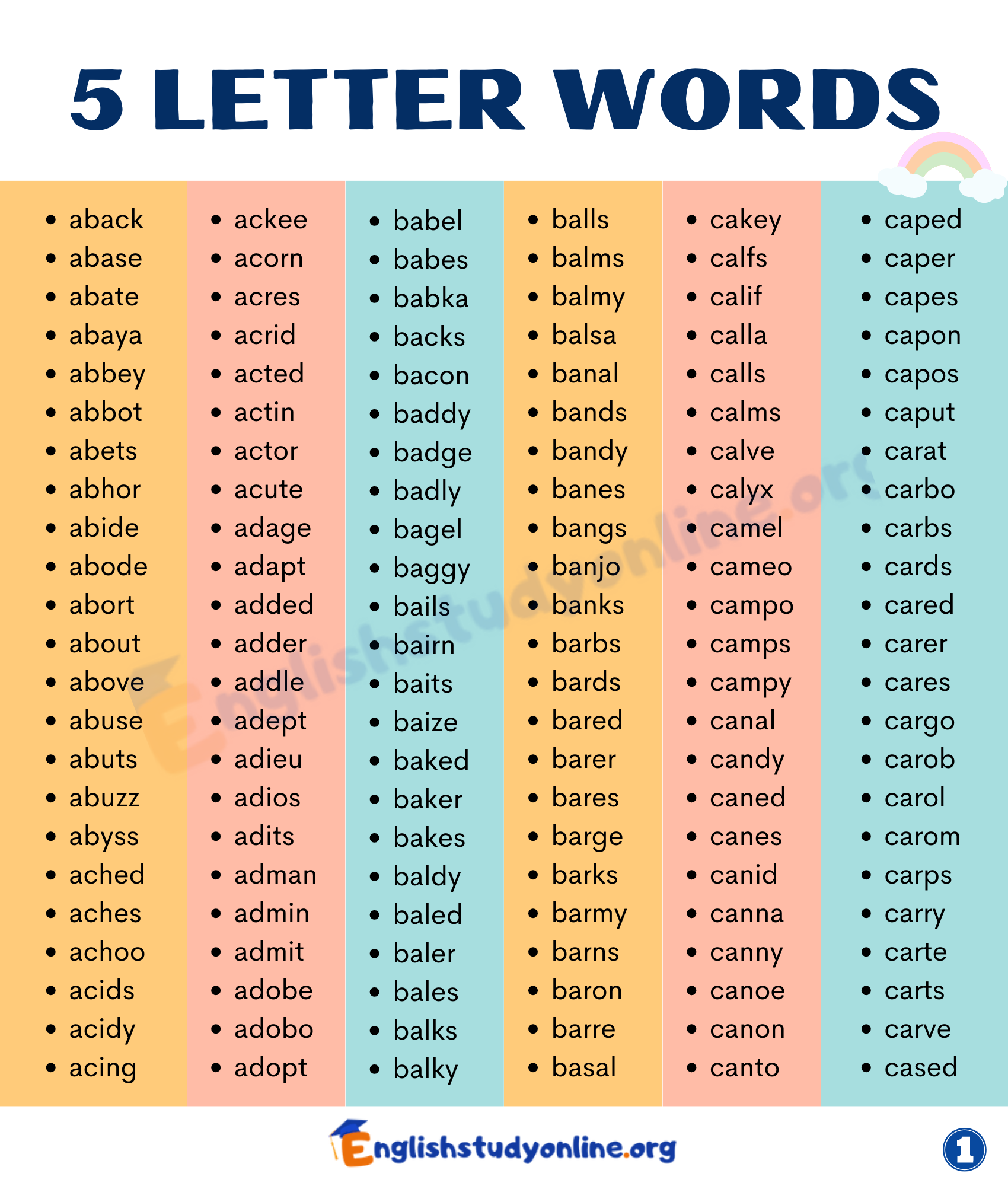5 Ways to Craft Em Words

The English language is a fascinating tapestry of words, and among its rich collection, the "em" words stand out as a unique and versatile group. These words, often overlooked in casual conversation, play a crucial role in enhancing our expression, adding depth to our language, and enriching our literary works. In this article, we delve into the world of "em" words, exploring their origins, usage, and the myriad ways they can be employed to craft captivating narratives and powerful expressions.
Unveiling the World of “Em” Words

The “em” words are a collection of linguistic gems, each with its own distinct character and usage. Derived from the Latin prefix em-, which signifies the idea of “out” or “forth,” these words have evolved over centuries to take on various meanings and applications in modern English. From emulate to empathy, each word carries a unique essence, contributing to the richness and diversity of our language.
1. Emulate: The Art of Imitation
The verb emulate is a powerful tool in our linguistic arsenal. It describes the act of imitating or attempting to equal or surpass someone or something. For instance, a young artist might strive to emulate the style of a renowned master, pushing their creative boundaries and developing their unique voice. This word is particularly useful in narrative contexts, adding depth to characters’ motivations and actions.
Consider the following example:
"John had always emulated his father's dedication to environmental conservation. Inspired by his role model, he dedicated his life to protecting the planet, following in his father's footsteps and making a meaningful impact."
2. Embellish: Adding Ornament and Flair
The verb embellish is all about adding decorative details or exaggerating for effect. It can be used to describe the act of enhancing a story, speech, or even a piece of clothing with ornate details. For writers, this word offers a creative license to craft vivid and captivating narratives, infusing them with imaginative flourishes.
Imagine a fashion designer who embellishes a simple dress with intricate beading and lace, transforming it into a breathtaking masterpiece. Similarly, a writer might embellish a tale with vivid descriptions and dramatic twists, captivating their readers and transporting them to another world.
3. Empathy: Understanding and Connecting
At the heart of effective communication and storytelling lies the concept of empathy. This noun refers to the ability to understand and share the feelings of another. In literature and narrative, empathy is a powerful tool for creating compelling characters and engaging readers.
A writer who can evoke empathy in their readers has mastered the art of storytelling. By crafting characters with depth and emotions that resonate, they invite readers to connect on a personal level, making the narrative experience all the more impactful.
4. Emotive: Evoking Emotion
The adjective emotive describes something that evokes or is full of emotion. In writing, this word is particularly useful when discussing the impact of certain words, phrases, or passages on readers’ emotions. It highlights the power of language to stir feelings and create a lasting impression.
Consider a poignant scene in a novel where a character's heartfelt confession leaves readers in tears. The author's use of emotive language has successfully conveyed the depth of the character's emotions, leaving a lasting impact on the readers' minds.
5. Emphasize: Drawing Attention and Importance
The verb emphasize is an essential tool for writers, allowing them to draw attention to crucial elements in their narrative. By emphasizing certain details, characters, or events, writers can guide readers’ focus and enhance the overall impact of their story.
In a suspenseful thriller, for instance, the author might emphasize the ticking of a time bomb, building tension and keeping readers on the edge of their seats. This strategic use of emphasis adds depth and excitement to the narrative, keeping readers engaged and eager for more.
Conclusion: The Power of “Em” Words

The “em” words offer a wealth of linguistic possibilities, enriching our language and empowering us to craft captivating narratives and powerful expressions. From emulate to empathize, each word contributes to the depth, emotion, and impact of our communication.
By exploring and embracing the versatility of these words, writers can elevate their craft, creating works that resonate with readers and leave a lasting impression. The "em" words are not just linguistic tools; they are the building blocks of compelling narratives, powerful expressions, and meaningful connections.
What is the origin of the “em” words in English?
+The “em” words in English trace their origins back to the Latin prefix “em-,” which signifies the idea of “out” or “forth.” Over time, these words have evolved and taken on various meanings and applications in modern English, contributing to the richness and diversity of our language.
How can writers effectively use the word “empathy” in their narratives?
+Writers can use the word “empathy” to create compelling characters and engage readers on a deeper level. By evoking empathy in their narratives, writers encourage readers to connect with and understand the feelings of the characters, making the story more impactful and memorable.
What are some practical ways to incorporate “em” words in everyday communication?
+Incorporating “em” words in everyday communication can add depth and emotion to your expressions. For instance, you can use words like “empathize” to show understanding, “emphasize” to draw attention to important points, and “emulate” to express admiration or aspiration. These words enrich your language and make your communication more powerful and meaningful.



